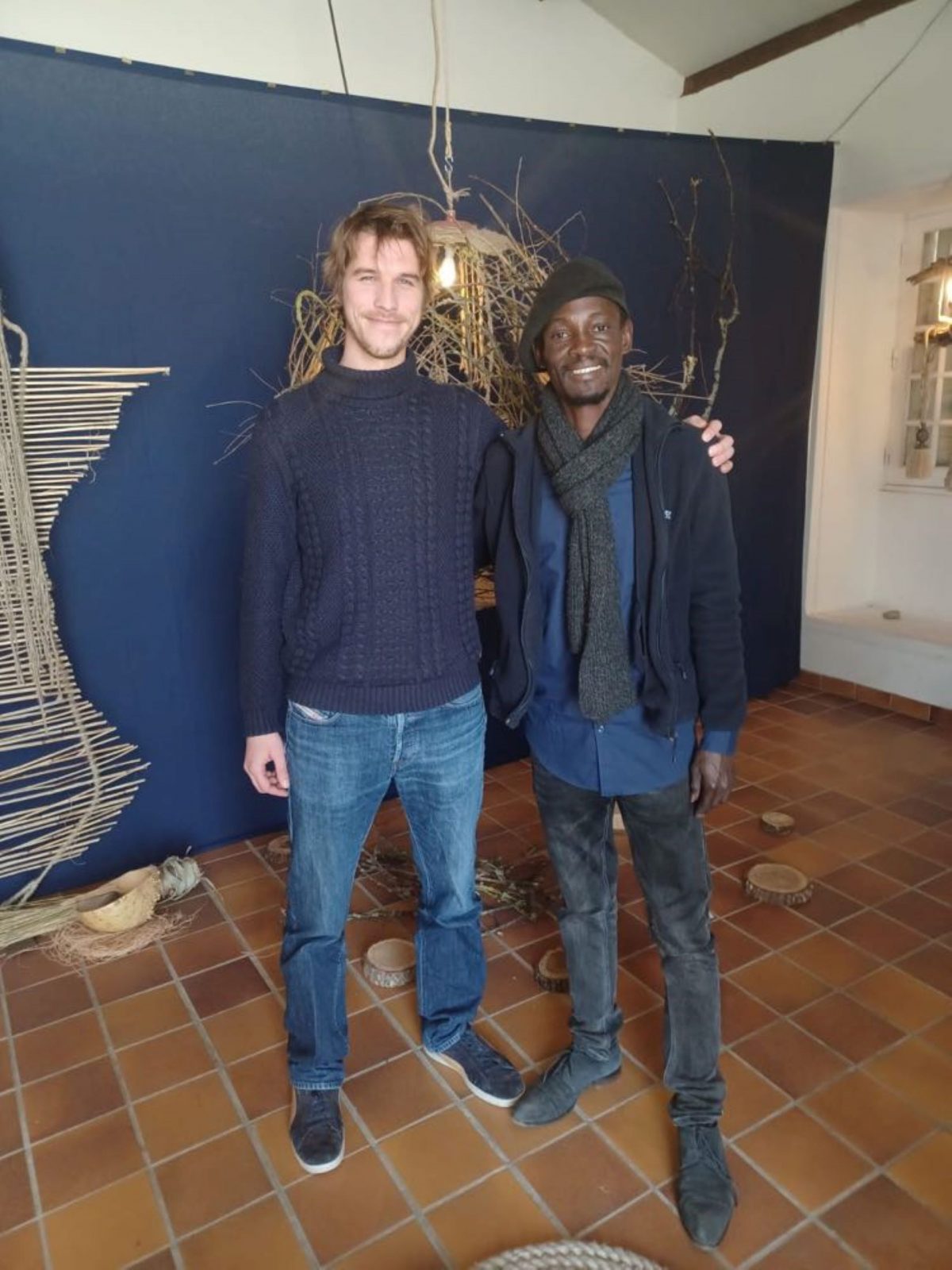In residence for the month of March in Rochefort, Laye Ndiaye exhibited his work at the Corderie Royale and caught our eye. Laye Ndiaye is a Senegalese artist committed to the fight against plastic pollution. During his stay in Charente-Maritime, he collected marine litter along the coast and transformed it into works of art.
 © Delphine Morin
© Delphine Morin
Working entirely from recycled materials, the artist aims to draw the public’s attention to the problem of plastic, a problem he has seen in Senegal and is now seeing in France.
In the middle of a room adjoining the Corderie Royale floats a jellyfish made from fishing nets, its head filled with plastic waste. The jellyfish symbolizes the ingestion of waste by marine fauna, a phenomenon that can cause asphyxiation, a feeling of satiety and stomach tissue tears in seabirds, otherwise known as “plasticosis“.
Further on, ghost nets littered with plastic bottles accidentally trap fish. Next door, a wall is strewn with oyster shells, the waste product of shellfish farming, one of the most widespread seafood activities in Charente-Maritime. Through his work, Laye Ndiaye questions our relationship with living things and the imprint we leave on biodiversity. An encounter rich in discussion and reflection, for which we warmly thank the artist, whose work we salute.